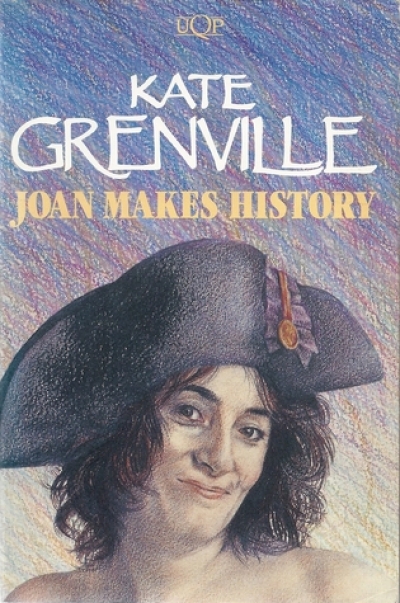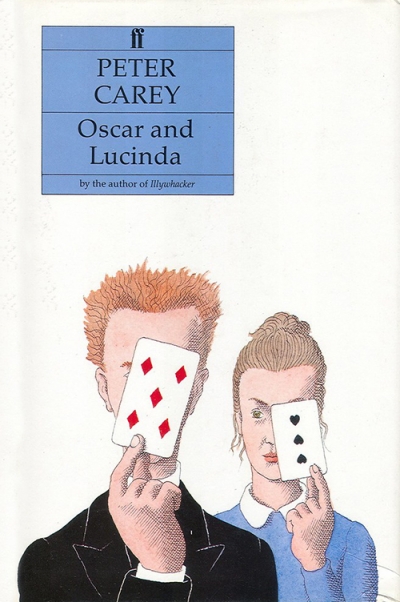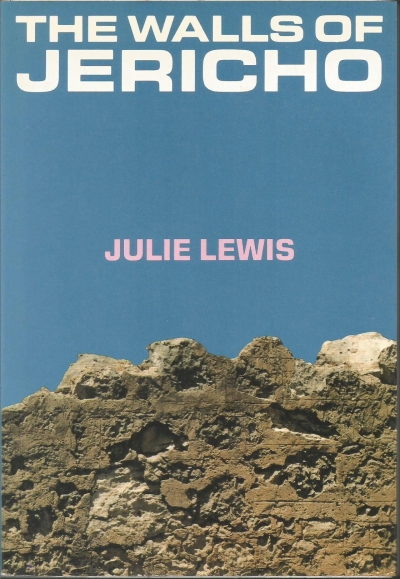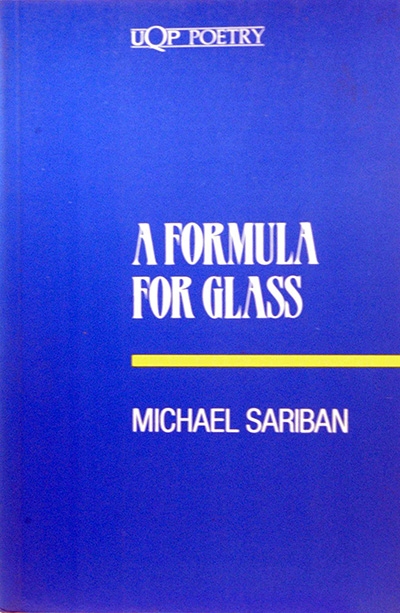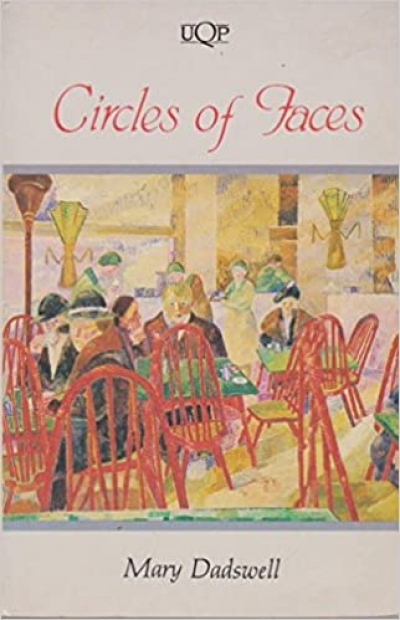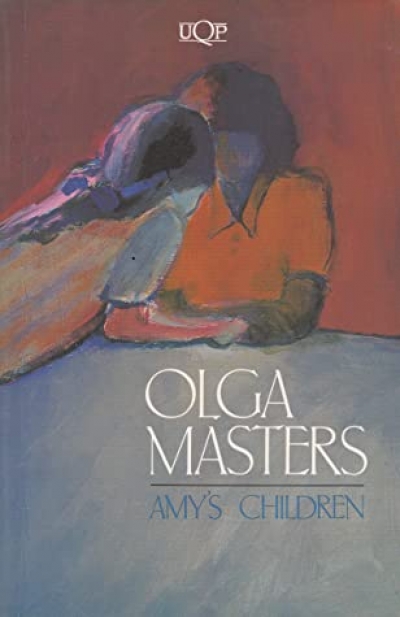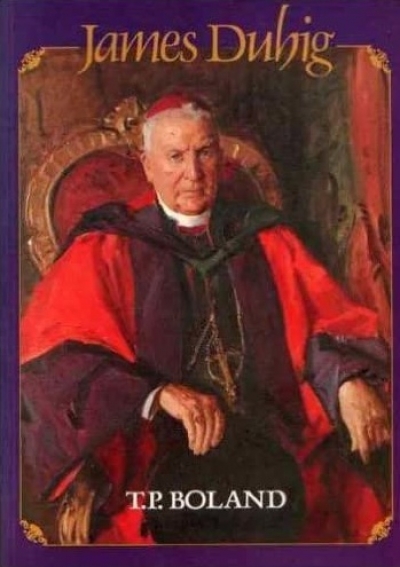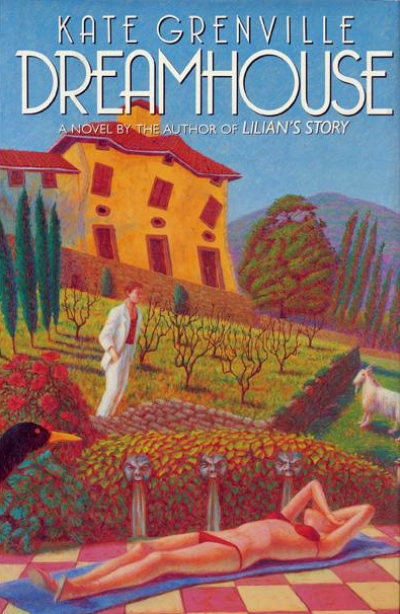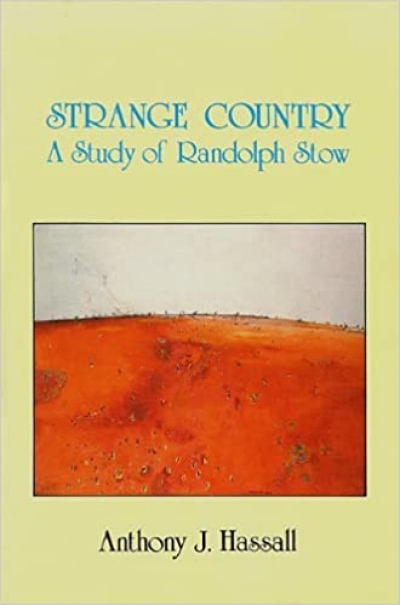University of Queensland Press
The Walls of Jericho by Julie Lewis & The Wild Dogs by Peter Skrzynecki
by Brenda Walker •
Circles of Faces by Mary Dadswell & Self Possession by Marion Halligan
by Jenna Mead •
Strange Country: A study of Randolph Stow by Anthony J. Hassall
by Ludmilla Forsyth •
The Gentrification of Inner Melbourne: A political geography of inner city housing by William Stewart Logan
by Patrick Mullins •

